Address
10818 San Diego Mission Road
San Diego, CA 92108
United States
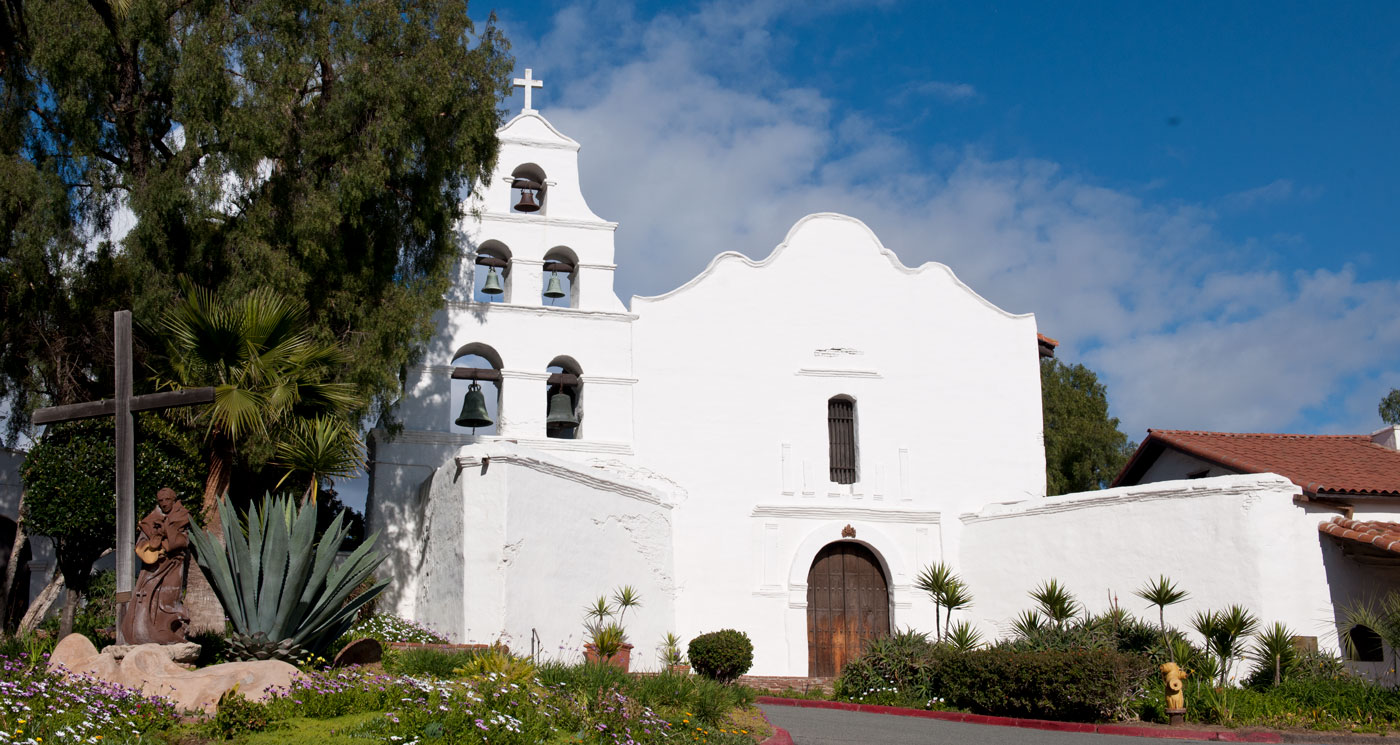
Founded:
July 16, 1769 - The 1st California Mission
Also Called:
Mission San Diego
Current Status:
Active Roman Catholic Church of the diocese of San Diego, properly referred to as the Mission Basilica San Diego de Alcalá. The mission was made a Minor Basilica in 1976 by Pope Paul VI.
Summary:
California's first mission was founded on July 16, 1769. Mission San Diego’s church (rebuilt in 1931) has a captivating 46 foot Campanario (bell wall) you won't forget. This mission has inviting grounds, informative displays, and a rich history.
10818 San Diego Mission Road
San Diego, CA 92108
United States
If you have a GPS system in your car, use it the first time you visit this mission. Detailed instructions from different locations within the San Diego area are posted on the mission website. There is a Mission San Diego stop on the city trolley.
In addition to the main parking lot there is a small lot in front of the church. (You can climb up to the mission on a stairway to the right.)
There is an active group of docents who provide an invaluable service in keeping the Mission Basilica San Diego and its museums well preserved and open to the public.
619-281-8449 - Gift Shop / Visitor Center
619-283-6338 - Library and Archives (By Appointment Only)
619-283-7319 - Parish Office
For fees, hours, scheduling of individual and group tours, please contact the mission directly by telephone or by visiting the Mission San Diego History website for the most current information.
For the current mass schedule, please visit the mission website Mass Times page.
Due to Covid-19 restrictions, it is best to check for current information.
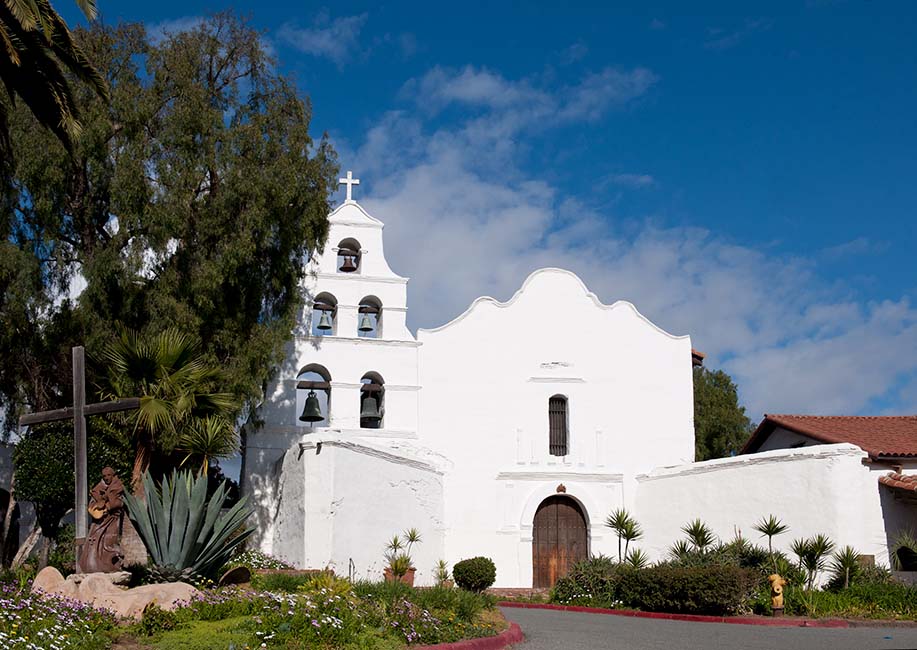
The church provides special services for each of the seven sacraments:
Visit the mission website to download special PDF's with details and instructions.
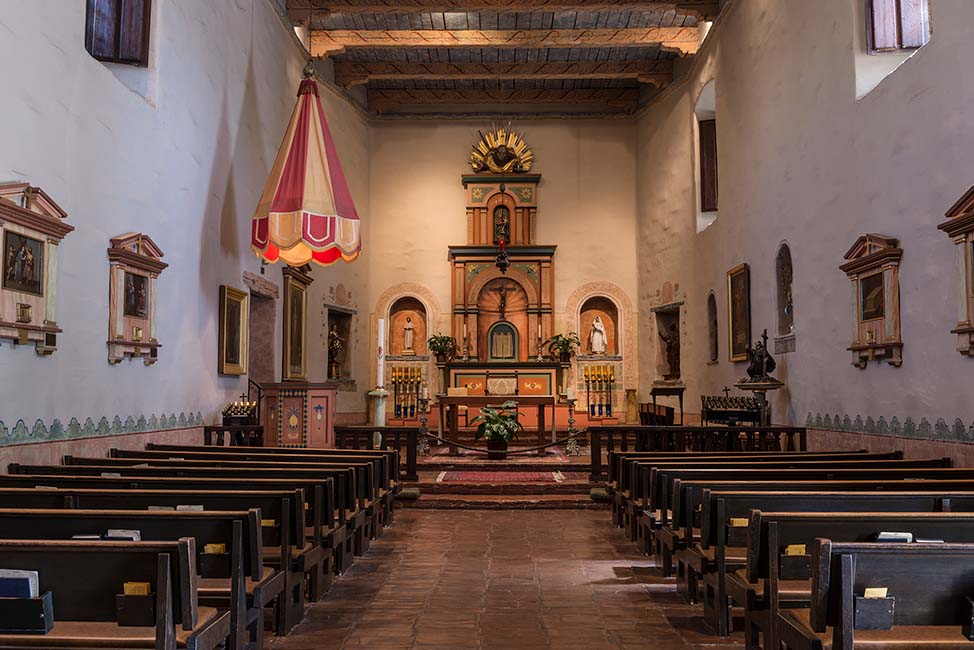
San Diego holds several annual events, including the “Festival of the Bells” in mid-July on the weekend closest to the mission founding date of July 16th.
For a comprehensive list of current events, visit the Mission San Diego History website.
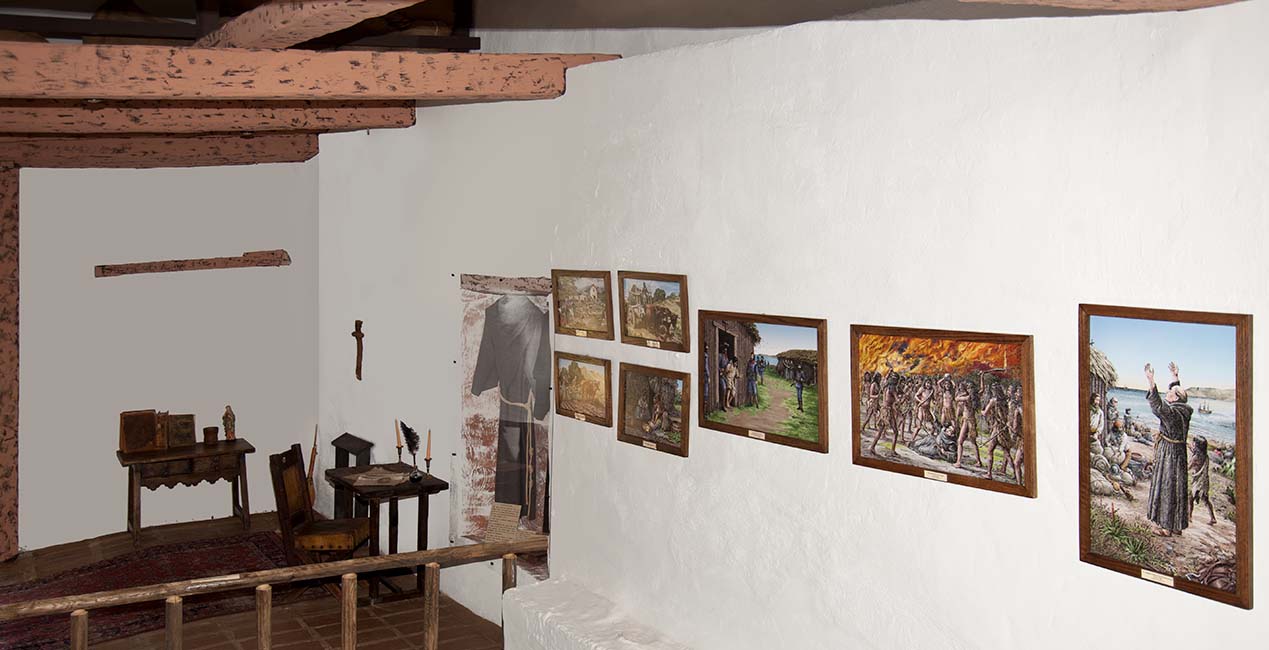

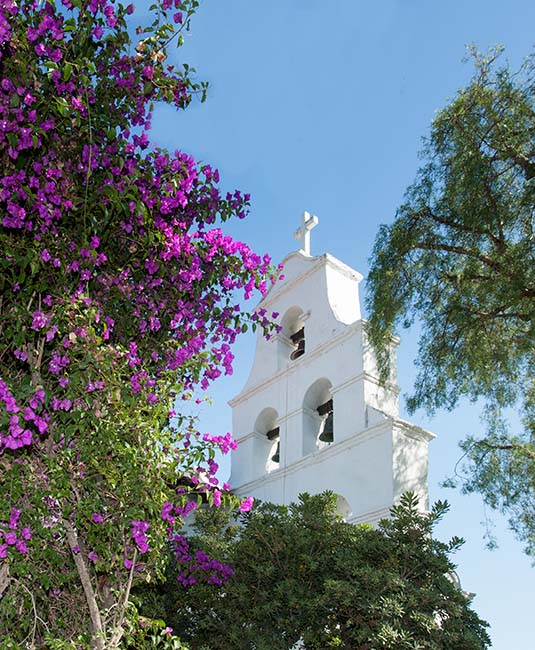
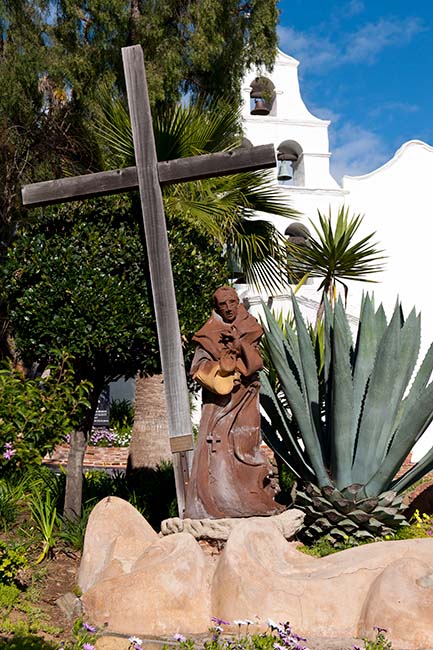
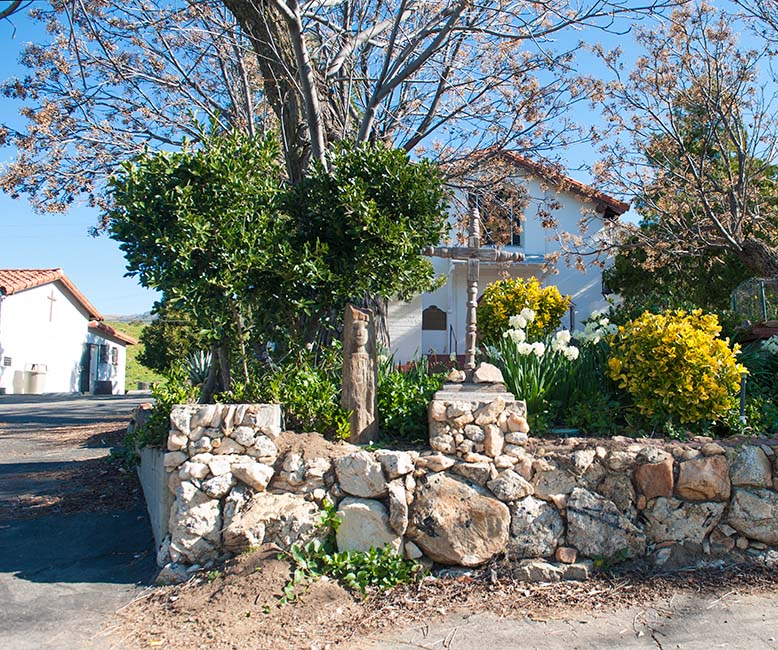
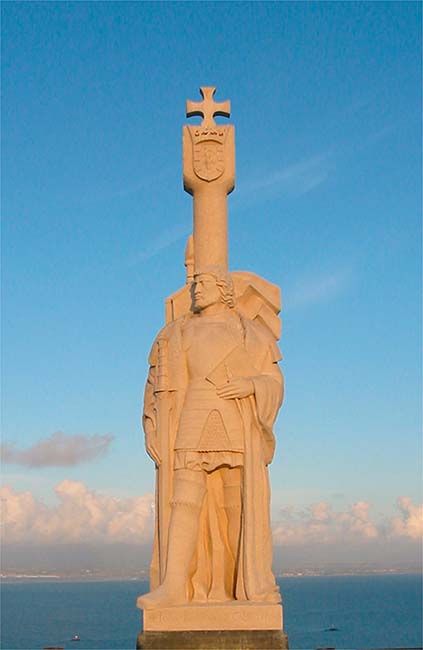
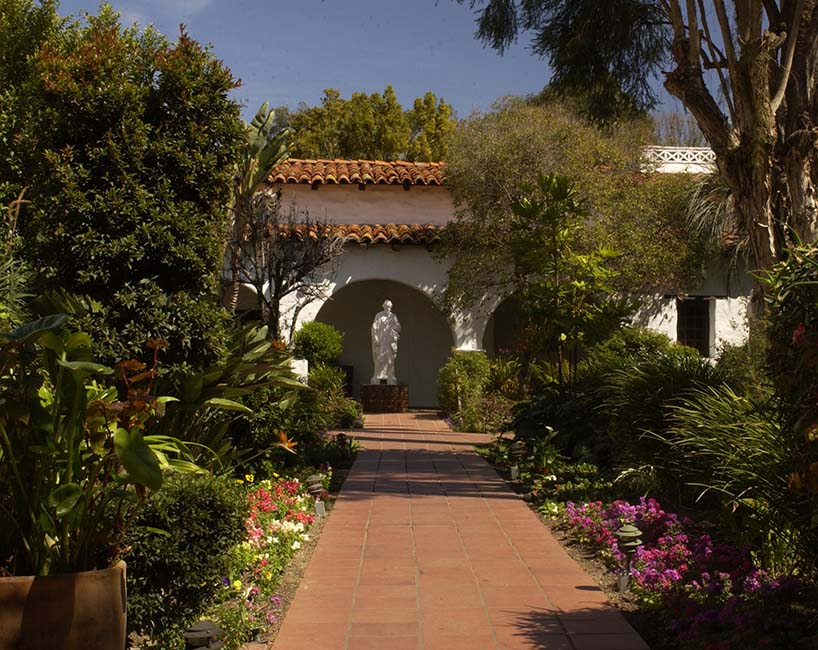

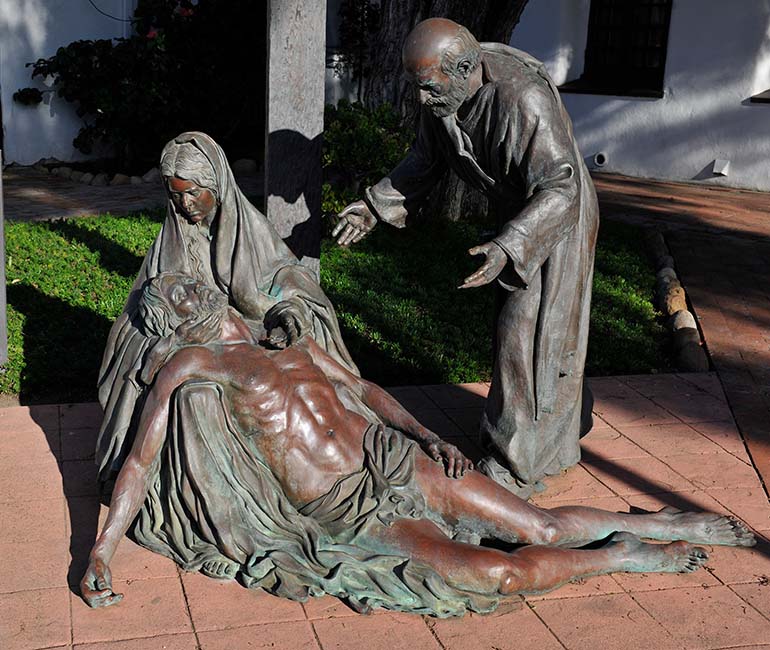
1834
1862 - in a proclamation signed by President Abraham Lincoln.
The Bay of San Diego was first discovered by Juan Rodqriguez Cabrillo in 1542.
Cabrillo came ashore but did not do an extensive exploration.
The Spaniards and Natives observed one another, but there was no extensive communication.
The area was named San Diego by Sebastián Vizcaíno, an explorer who mapped the coast in 1602.
Spain did not settle the area until Russian encroachment and growing superpower interest in the region prompted them to do so in the late 18th century. The plan was to send two ships to rendezvous with two land-based expeditions at the Bay of San Diego in the late Spring 1769 with a supply ship to arrive somewhat later.
First land expedition arrived later than planned. It took one of the ships (San Carlos) 54 days to reach San Diego Bay, and it arrived with most of its crew dead, dying or otherwise incapacitated. The Spanish did erect a cross and claim the territory for Spain.
It was difficult for the padres to establish relations with the natives.
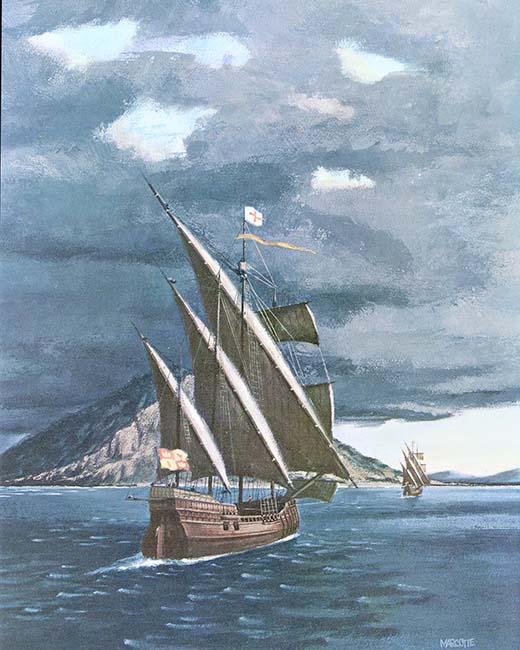
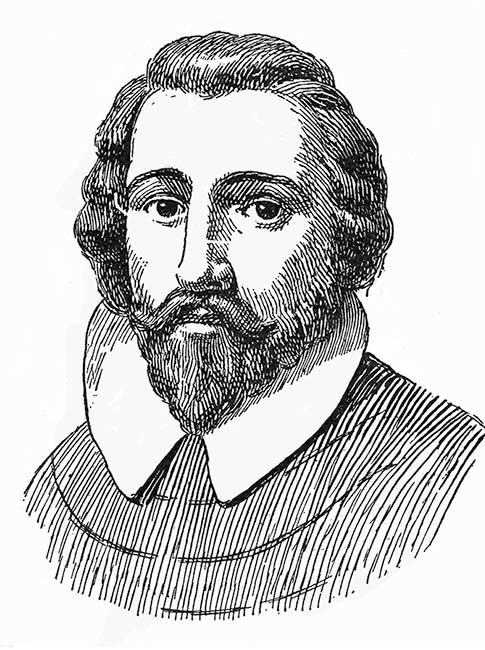
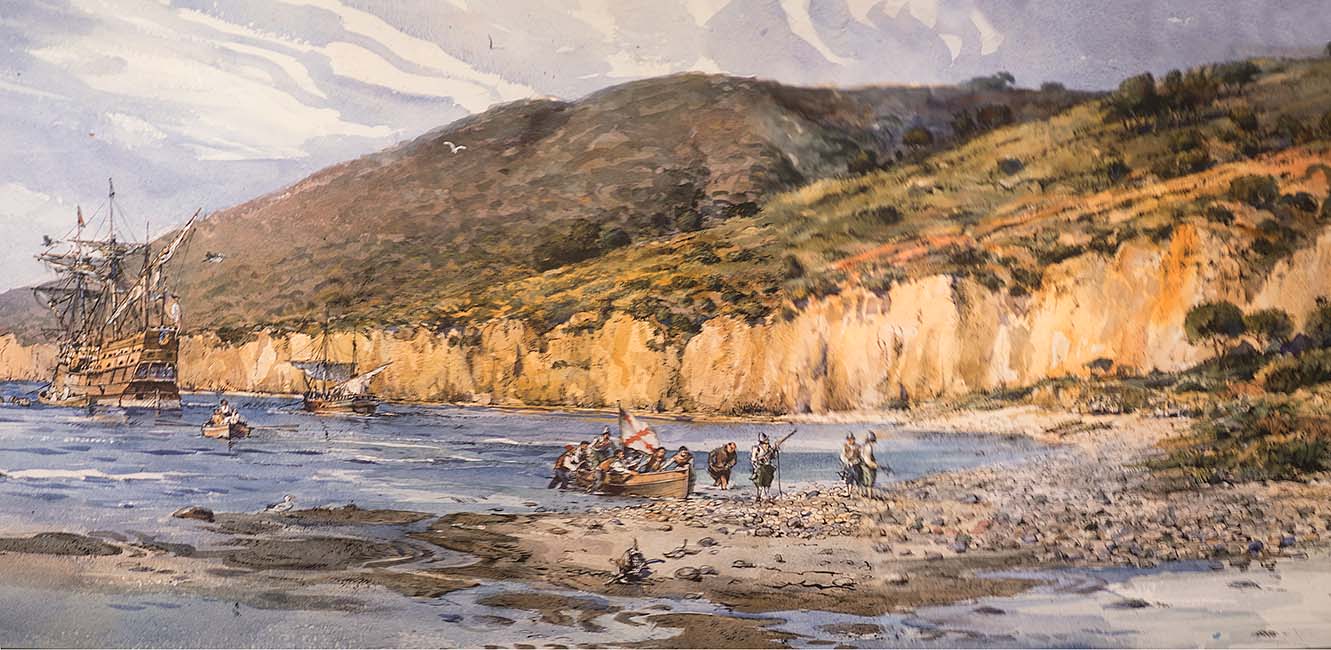
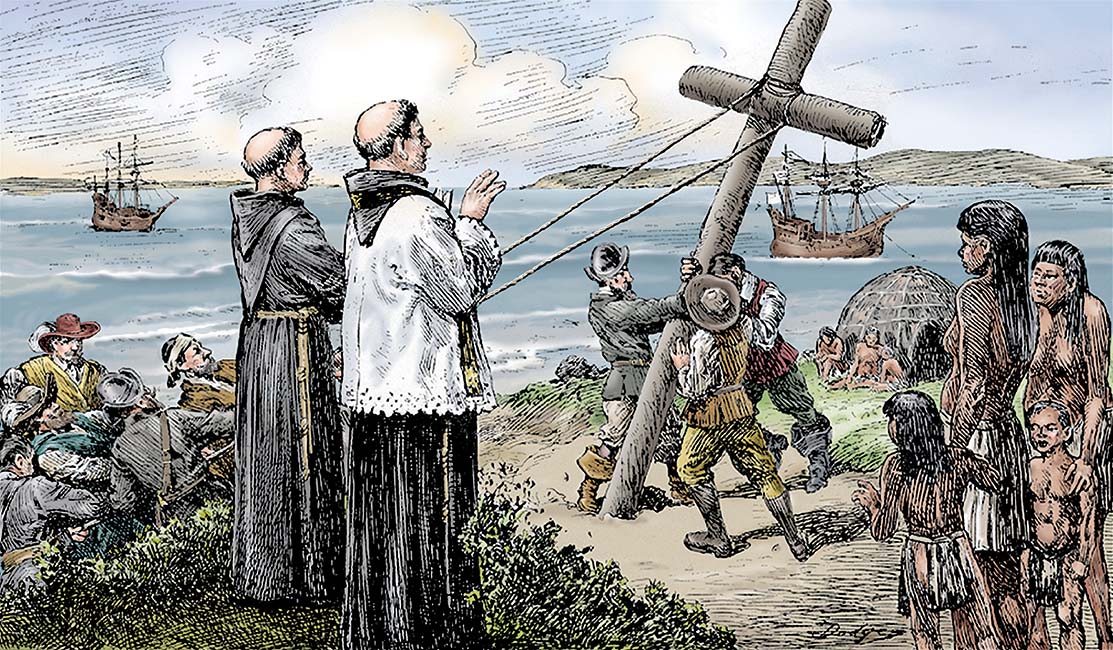
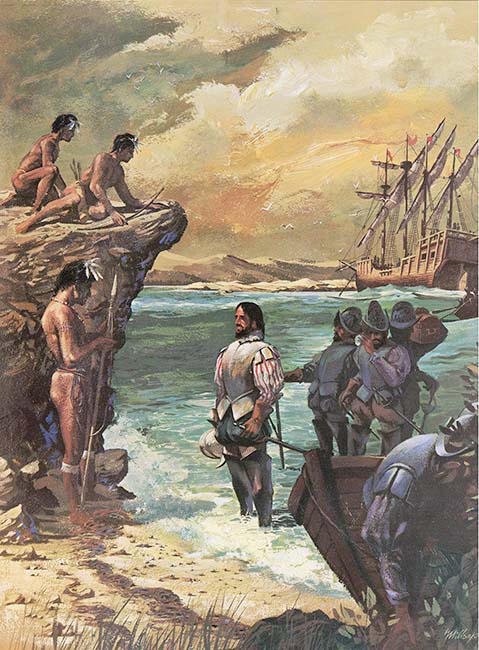
The mission was founded on July 16, 1769 on Presidio Hill. A primitive compound that consisted of little more than brush covered enramadas and several grass huts was erected.
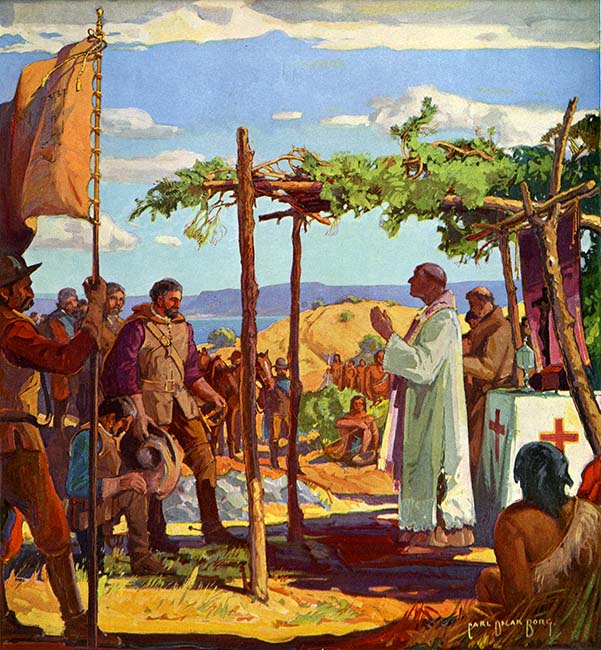
St. Didacus of Alcalá, a fifteenth century Spanish Franciscan.
Mother of the Alta California Missions.
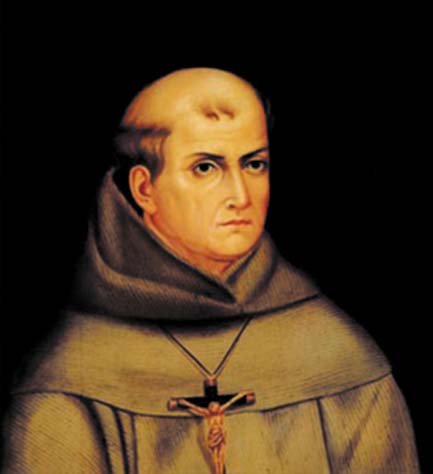
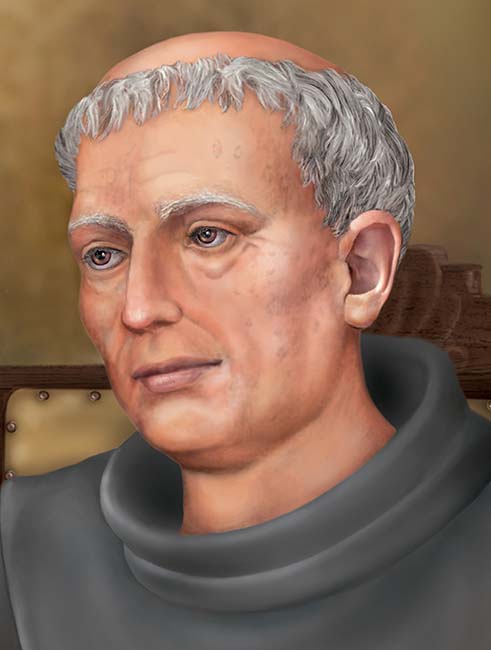

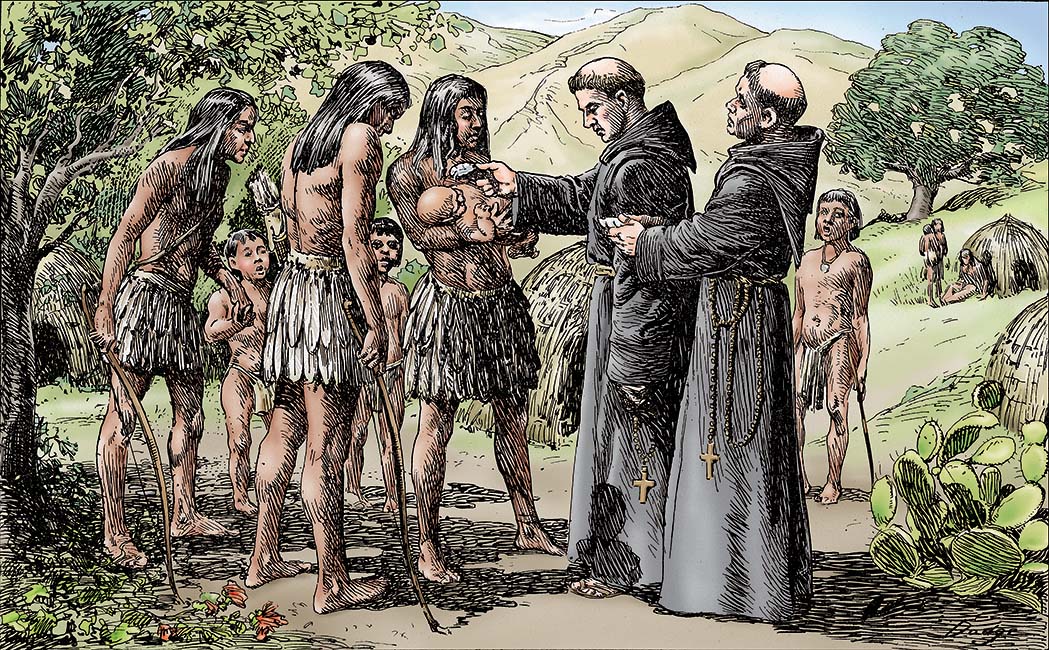
The site of the original mission on Presidio Hill was at a location called Cosoy by the natives. The mission was then relocated about five and a half (5 1/2) miles inland at the village of Nipaguay in 1774.
Traditional quadrangle. Records show a large garden and vineyard were located near the mission.
Limited and uneven water supply hampered growth and viability of the mission.
A dam was finally constructed (1809-1815) six miles upstream from the mission, on the San Diego River. Water was brought to the foot of Mission Hill via an aqueduct or zanja and then by way of a noria or waterwheel into the mission.
The neophyte population at San Diego in the mission’s peak years (1797-1831) averaged over 1,500. The highest population was 1,829 in 1824.
In 1773 (the first year for which we have records) the mission had 40 cattle, 74 sheep, 55 goats, 10 pigs, 29 horses and 28 mules, a total of 236 animals.
In 1822 the mission had over 30,000 animals, including 9,245 cattle and 19,000 sheep.
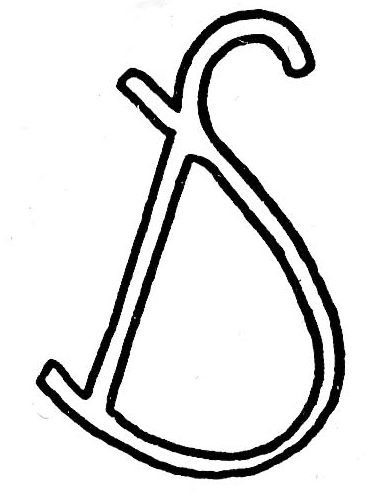
Over the years 1782-1832, the mission produced 259,545 bushels of wheat, barley, corn, beans, peas, lentils, garbanzos (chickpeas), and habas (broad beans).
The church was originally built in 1813 (the fourth church on this site). After the mission was secularized in 1834, it rapidly fell into ruin. The mission was rebuilt and fully restored in 1931.
A striking 46' campanario (bell wall) on the left side of the church rises above the mission gardens and contains five bells. The largest bell, called Mater Dolorsa weights 1,200 pounds. It was cast in San Diego in 1894.
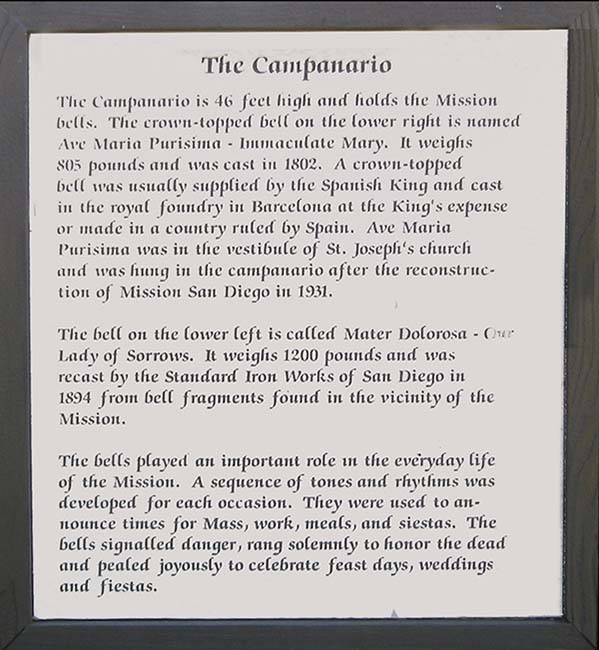
The baptismal font in the museum is original to Mission San Diego. The baptismal font in the church is a replica of the one in which Fr. Junípero Serra was baptized in 1713 in Petra on the island of Majorca.
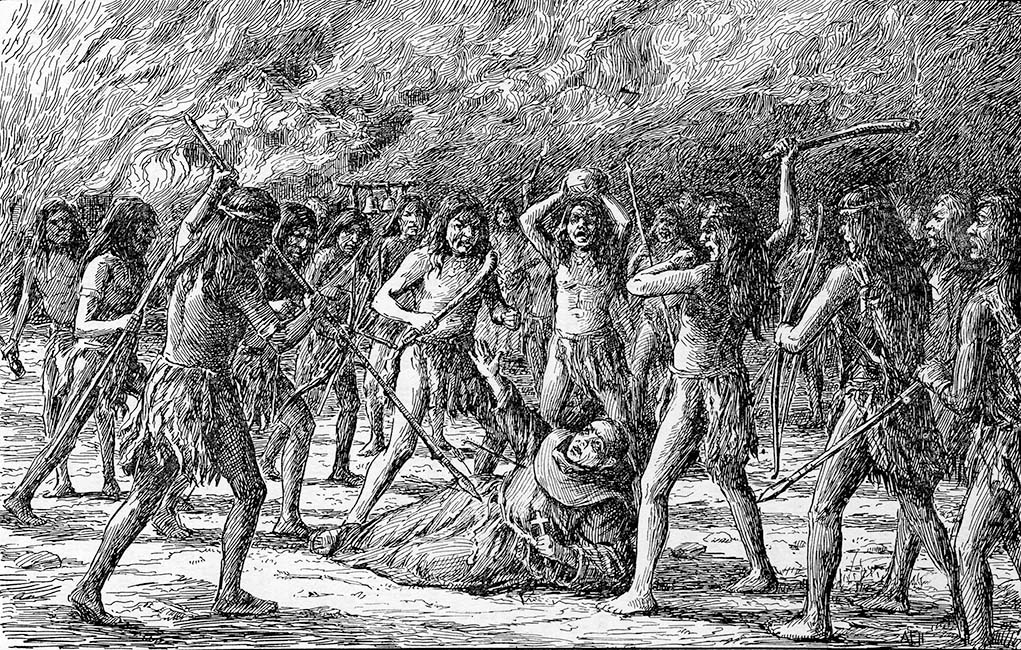
The images in the Historical Image Gallery include some of the earliest drawings of California's first mission. While the mission was founded in 1769, the illustrations that have survived are of the third church on the present site, originally built in 1813. The illustrations range from simple line drawings to full-color paintings, and include depictions of the mission ruins in the decades before it was restored.
The Contemporary Image Gallery contains more recent photographs taken by several different photographers from around the mission gardens, the museum and the Asistencia.











